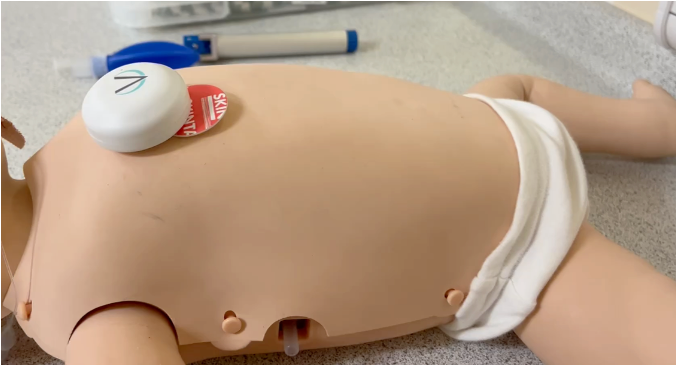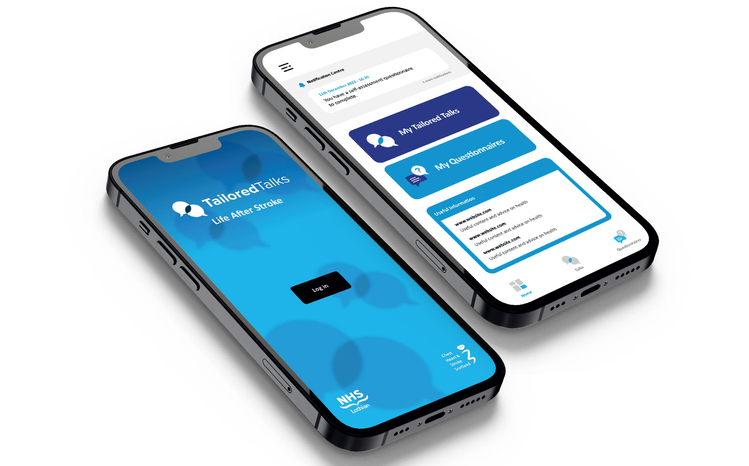Planning and implementing a technology project in a healthcare setting can be a tough challenge for any IT team. The success of such a project can come down to a number of factors, but the relationship between the parties involved is often key. In the latest edition of our Industry Spotlight series, Hannah Crouch spoke to Kyle Davies of technology solutions provider CDW and Peter Hughes of Stockport NHS Foundation Trust about its recent data infrastructure update project and why partnerships are so important during the implementation phase of a technology project and beyond.
For CDW, which considers itself a technology partner rather than just an enabler, good rapport between supplier and client is vital, especially when it comes to healthcare. The company is currently working with more than 200 healthcare organisations across the UK, touching on many parts of the NHS.
Its role is to help such organisations introduce technology solutions which solve existing issues, prepare for future growth and ultimately deliver better patient outcomes and data security.
Kyle Davies joined CDW six years ago and is the practice lead for integrated technology architecture. In this role, Davies and his team work with their partners to figure out why the project is needed and what needs to be achieved.
“The goal of my team is to ultimately understand where people are, where they want to get to and work out that journey,” he says.
“We’re there to understand how we can make that journey to the desired target – whatever the key outcome of the project is.”
Lending a hand at Stockport
Recently, Kyle and the CDW team worked with Stockport NHS Foundation Trust on a project which involved updating its ageing backup and data centre infrastructure. The Trust’s IT team were keen to implement an on-premise backup and recovery solution that would sit side-by-side with its existing infrastructure. They also desired a more user-friendly platform.
CDW started by carrying out a performance assessment on the legacy storage platform and a data assessment on the physical servers, which helped to determine the best possible solutions for the Trust.
The solution that was devised and implemented was a new infrastructure which used a mix of Cisco and Cohesity technologies.
Since its implementation, the Trust’s IT operations is considerably more agile, providing both security and compliance, while future-proofing the Trust for scalability and adaptability to the cloud. The Trust has said it now has the confidence to perform upgrade procedures that previously would have required external vendor support, safe in the knowledge that data is protected and any anomalies – such as a large amount of data being deleted overnight – will be quickly flagged and identified.
As a result, the Trust has been able to reduce its annual data centre costs by up to £100,000 a year and meet its predicted data growth of between 5-20 percent over the next five years. The solution has given reassurance for the Trust which allow it to focus on providing top-level care to its 500,000+ patients per year and continue to run effective teaching services to train doctors and nurses for the future.
Solid relationship
It takes teamwork and collaboration to achieve successful results like these and for Davies, a solid relationship is key, though he is not a fan of using the terms “client and supplier”.
“I wouldn’t call it a client and supplier scenario, because that makes it sound very transactional,” he says. “I prefer the concept of technology partnerships – so working with someone that you know and trust, and who understands your organisation and the business outcomes.”
“Being transparent, open and honest creates better value for everyone involved and allows for improved communication, efficiency and growth,” Davies adds.
“Anything that we do is open. And if we’re having a problem, then we will deliver solutions rather than adding to the problem itself.”
Davies also stresses the importance of having a “frank and honest” discussion with those who the company is working with and making sure that customers are “getting what they paid for”.
“Overall, it is about communication and collaboration, those are the key things for me,” he adds.
Ability to deliver on promises
Stockport had worked with CDW in the past and the success of previous projects is why Stockport’s head of IT, Peter Hughes looked to team up with them again.
“Their ability to deliver to an agreed timescale has been the key for us as an organisation,” Hughes says.
Having end-to-end support with CDW was also another key factor.
“It’s always been a benefit to have good relationships with our account manager and other members of the senior team within CDW because, on the very rare occasion that things aren’t going well, we can lean on them and we know they will get involved and sort out the issues,” Hughes adds.
“But aside from this implementation, we’ve got another partnership with CDW around support.
“So, it’s not just new technology, they’re also providing support for existing technologies as well.”
This need for a close collaboration is echoed by Davies.
“Establishing trust is crucial to achieving the most important results of any digital transformation project, which ultimately is about providing a better service or product to the end-user,” he says.
“In the case of Stockport Trust, the partnership resulted in helping to reduce annual data centre costs by up to £100,000 a year.”
All about consistency
But what are the benefits of having a successful partnership? For Hughes, it is consistency.
“For me, because we deal with a consistent group of people, we develop a rapport, but there’s also the familiarity with the organisation and the specifics of our infrastructure which is really important,” he says.
While from Davies’ CDW team’s perspective, having a good relationship with organisations, particularly the NHS, allows them to improve the solutions and services they offer.
“Having these good relationships means we can have frank and open conversations that allow us to look at our solutions and services and say, ‘this needs changing because the NHS has changed’,” Davies says.
“That kind of understanding allows us to be stronger in the overall market as well.”
Starting at the beginning
Davies also adds that with any project, a strong relationship starts at the very beginning.
“The strength of a collaboration starts off at the front end, which is our sales part of the business,” he says.
“Aaron, who runs the Stockport account at CDW, needs to have good relations with the likes of Peter so our partners are able to understand the process.”
Going beyond
And once the project is over, that does not necessarily mean the partnership ends.
“Though we had no major challenges at Stockport, that is not to say we won’t ever,” Davies says.
“Technology can change when a new patch update comes out there can be little hurdles along the way.
“The strength of a relationship is tested during the challenges you face over a period of time, and that is when the technology partner really has to show face and be involved and not just sit there and say, well, I’ve sold it 18 months ago to you, it’s now not my problem, because it is your problem.
“It is your problem if you want your customers, like Peter, to carry on having meaningful conversations with you.”
“But more importantly it is making sure that you’re being collaborative, and you’re feeding back both ways. Making sure that you deliver against what you said you’re going to deliver.”
Website: www.uk.cdw.com/
Twitter: @CDW_UK
LinkedIn: CDW UK
Contact: Hayley Doyle
E-Mail: h.doyle@uk.cdw.com







